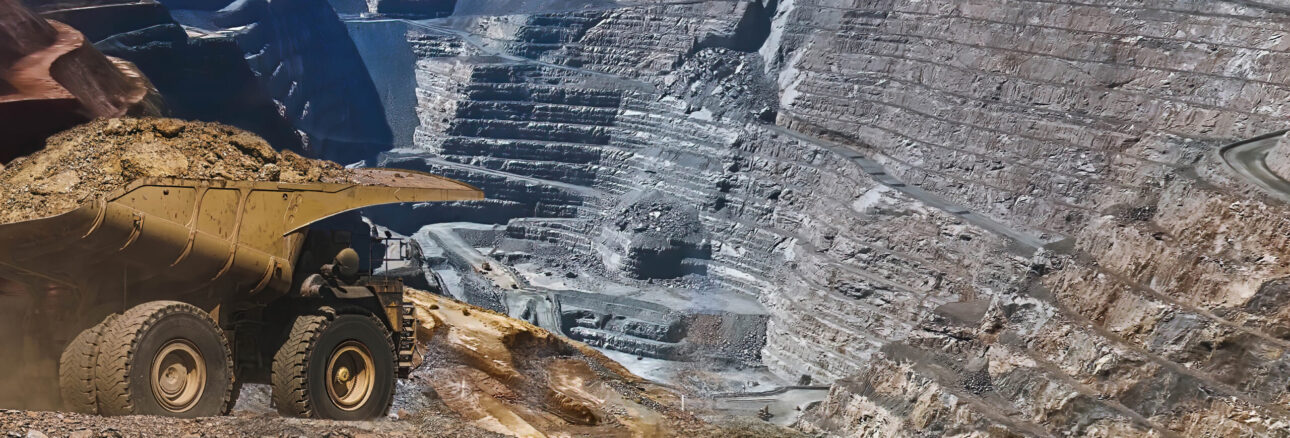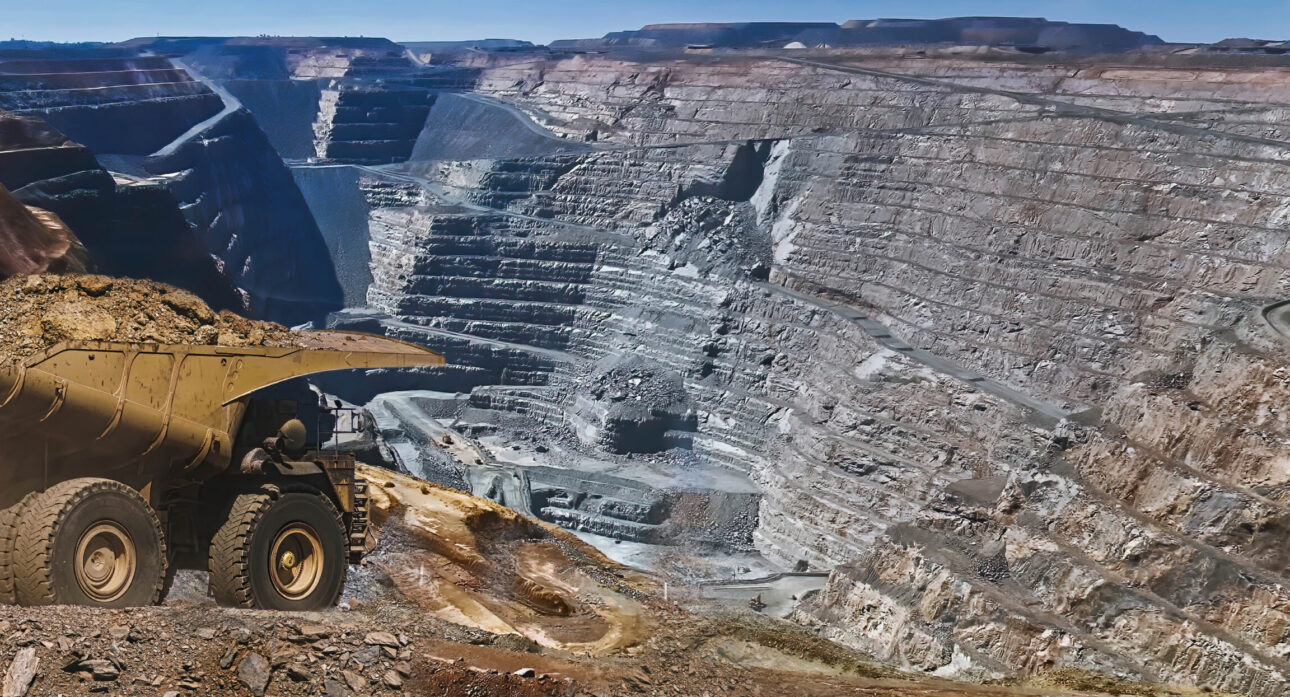Weekly Rare Earth Roundup with James Tekune – Week 8, 2024
Hastings and Baotou Sky Rock ink tolling and offtake agreement
Last week, Hastings Technology Metals and Baotou Sky Rock announced the signing of a binding term sheet for an integrated tolling and offtake agreement for the Yangibana rare earths project in Western Australia. As per the agreement, rare earth oxides will be sold at benchmark price levels less tolling fees for processing to mixed rare earth carbonate and separated oxides.
The term sheet is for a 7-year period following the commencement of mining operations and Baotou will receive a minimum of 10,000 tonnes per year of rare earth mineral concentrate.
According to Hastings, this agreement will increase the project’s post-tax NPV11 from $538 million to $865 million, post-tax IRR from 27.5% to 31.3% and shorten payback from 4.4 years to 3.4 years.
Adamas take: Hastings has an existing arrangement with ThyssenKrupp Materials Trading to supply them annually with two-thirds of Yangibana’s concentrate production. The Baotou integrated arrangement is supplementary but its Chinese ties could put Hastings offside of access to subsidies linked to the $553 billion U.S. Inflation Reduction Act (IRA).
Australia requests US to clarify IRA guidelines for subsidies
Earlier this week, the Australian Financial Review reported that the Australian federal government requested clarity from the US about its framework to access critical minerals subsidies. US guidelines released in December 2023 excludes subsidies to companies in friendly shores with more than 25% ownership or mineral processing by China, North Korea, Iran or Russia.
The Albanese-led government inquiry is presumed to be due to the level of Chinese ownership in lithium companies, as well as recent offtake agreements for rare earth projects like Yangibana (Hastings Technology Metals) and Goschen (VHM Ltd).
Adamas take: As noted in the AFR’s report, the aim of the taxpayer-funded subsidies is to reduce reliance on Chinese supply of critical minerals. The US guidelines aim to ensure that “foreign entities of concern” from the four nations will not be beneficiaries of their programs.
However, with insufficient REE processing capacity in Australia and other IRA-friendly countries to channel emerging production to market, China’s established processing industry will remain a compelling avenue for reliable offtake.
Lindian identifies extension of mineralization at Kangankunde
Lindian Resources announced earlier this week that their exploration program confirmed extension of significant rare earth mineralization to the north and south of the Kangankunde deposit in Malawi. 21 chip samples that were the basis of the report were collected from the North Knoll and South Knoll targets, which are outside the Kangankunde central carbonatite resource. Assays of the samples returned grades of 2.07% TREO to 7.15% TREO with an average NdPr to TREO ratio of 21%.
Lindian previously reported a maiden inferred MRE for the project of 261 million tonnes grading 2.19% TREO (0.5% TREO cut-off).
Phase 3 infill drilling assays will be received shortly by the company as they look to advance MRE confidence to an indicated level. The company will also carry out additional mapping and trench sampling at both the North and South Knoll targets.
Adamas take: Impressive to see Kangankunde’s resource potential continue to grow but with 5.7 Mt of TREO already contained in the inferred MRE, scale will not be an issue for Lindian. Identification of a high-grade section through further exploration would be a plus.
Cobalt, scandium join the party at Appia’s PCH Project
This week Appia Rare Earths & Uranium announced results from their 2023 drill campaign at the Buriti target, a section of its clay-hosted PCH project located in Goiás, Brazil.
The campaign’s 47 reverse circulation (RC) holes were completed to an average depth of 14 meters. The weighted average grades of associated assays returned 853 ppm TREO, 148 ppm cobalt oxide (CoO) and 67 ppm scandium oxide (Sc2O3).
An NI 43-101 technical report, which will include a maiden MRE on the project’s Target IV and Buriti zones, has been commissioned from SGS Canada. The technical report will be based on the 300 auger, RC and diamond drill holes completed to date.
Adamas take: At PCH, the peak average from surface to 24 meters depth was reported to be 38,665 ppm TREO at the Target IV zone and a lower 2,109 ppm TREO at the Buriti zone. While the Co and Sc at Buriti offer a potential sweetener, the reported grades are very low meaning they would likely be just minor co-products at best.
$17M awarded by DOE to coal-focused REE projects
The U.S. Department of Energy (DOE) last week announced the award of $17 million to three projects that aim to produce rare earth elements from coal sources. The Bipartisan Infrastructure Law will provide the funds and the three selected projects will contribute to Front-End Engineering and Design (FEED) studies for production of REEs from coal, waste coal and coal ash.
The first project by the University of Illinois at Urbana-Champaign will focus on a FEED study to develop an integrated supply chain for REEs from Illinois coal resources.
The second project will seek to further develop processes to refine REEs recovered from coal ash in Georgia, with the FEED study to be completed by Winner Water Services.
The final project by Tetra Tech will target recovery of REEs from coal byproducts in Pennsylvania.
Adamas take: The low REE content within coal makes it necessary to process vast amounts of material to yield appreciable scale. However, as a byproduct of existing coal production or consumption streams, companies like Winner Water have shown promise.
James Tekune, Associate at Adamas Intelligence
James is an Associate at Adamas focused on the global rare earths industry. He tracks and analyzes exploration and development projects, emerging processors and recyclers, and end-users around the world.
James has 3 years experience in mining and geophysics in the nickel, iron and gold sectors.
He completed his Bachelors of Science (Hons) in Geology at Laurentian University in Sudbury, Ontario. He also holds credentials in Finance and Geographic Information Science.
Rare Earth Market Intelligence:
Rare Earth Magnet Market Outlook to 2040
In this report, we provide a detailed overview of the global NdFeB alloy, powder, magnet and magnet rare earth oxide markets, including a breakdown of historical production, consumption and prices from 2015 through 2022. Next, we unravel the anticipated near-term impacts of the pandemic recovery on world markets and forecast global supply, demand and prices from 2023 through 2040.
Rare Earth Pricing Quarterly Outlook
The ‘Rare Earth Pricing Quarterly Outlook’ subscription-based report looks back on the rare earth market’s performance over the trailing three months and details Adamas Intelligence’s latest near-term and long-term rare earth oxide (“REO”) price forecasts to 2040.
Rare Earth Minerals Monthly
The ‘Rare Earth Minerals Monthly’ is a subscription-based report and data service for tracking global rare earth minerals trade, mineral concentrate prices, rare earth oxide prices, payability ratios, and other key developments on the supply- and demand-side of the market month-after-month.
EV Motor Materials Monthly
The ‘EV Motor Materials Monthly’ is a subscription-based report and data service for tracking motor demand, NdFeB magnet demand, and other key developments in the global EV traction motor market month-after-month, as they happen; by region, country, motor type, EV type, EV make, EV model and motor supplier, plus the latest developments in rare earth and NdFeB alloy prices.
Back to overview



